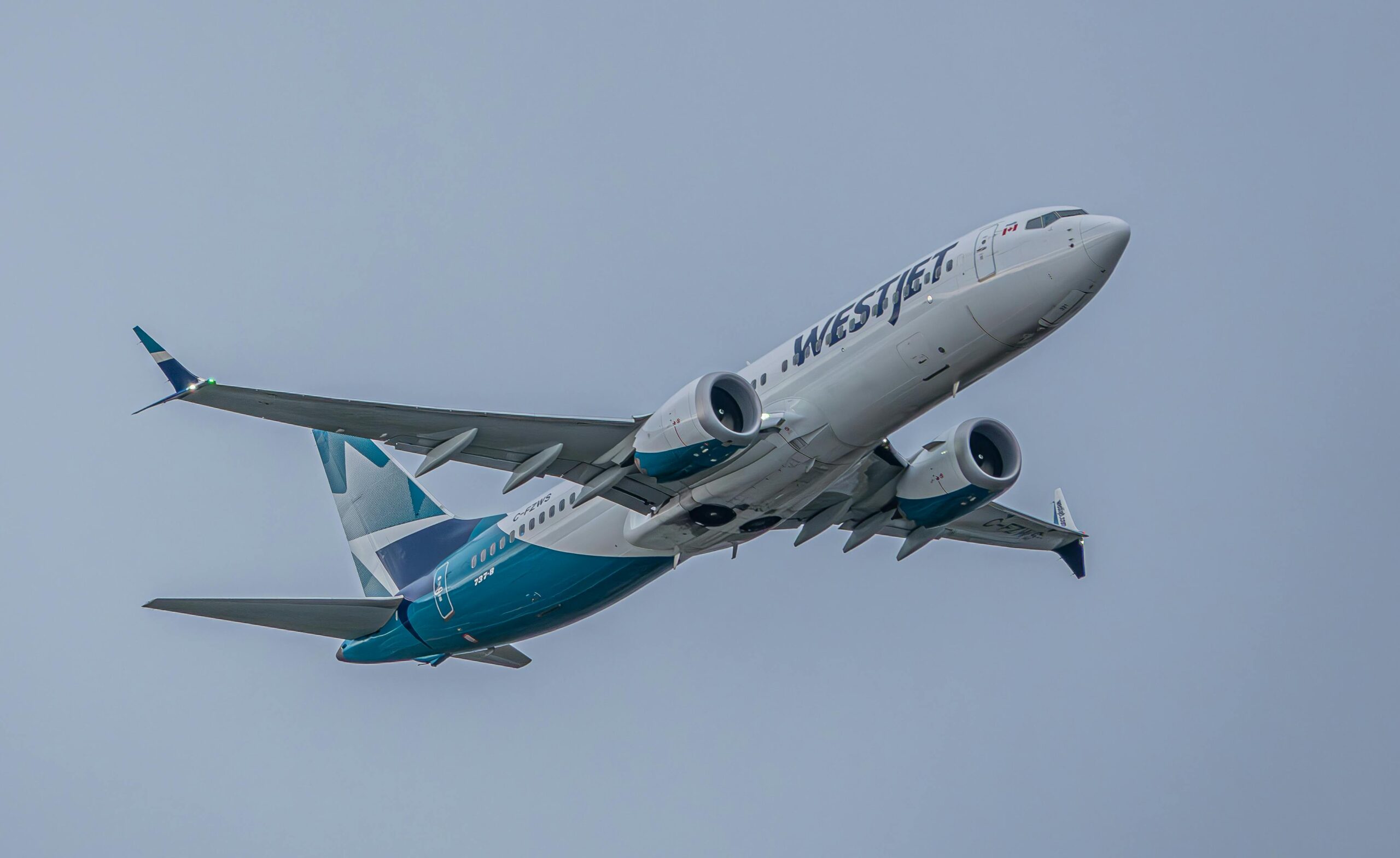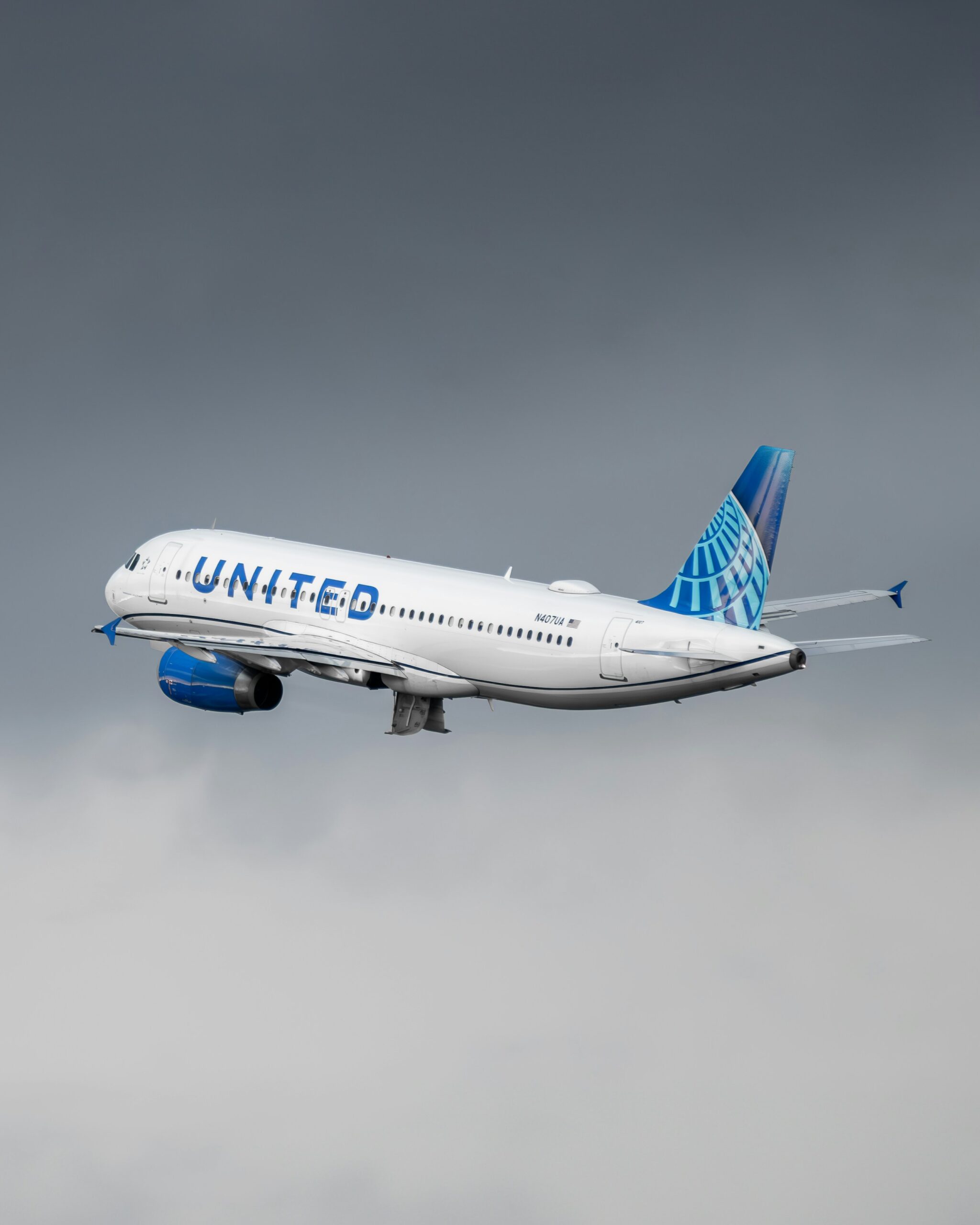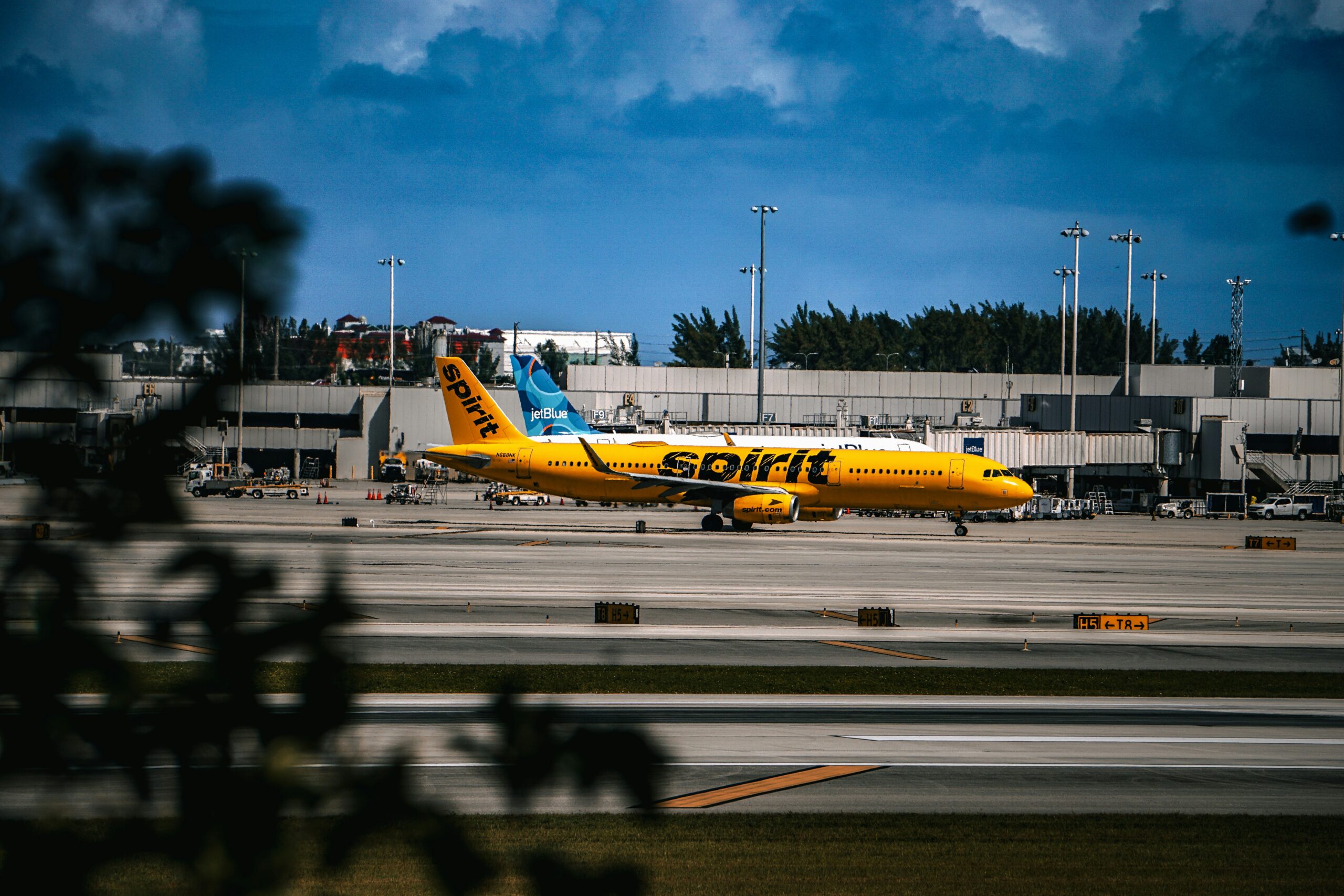WestJet has abruptly dropped its planned Austin-Vancouver route just weeks before its launch. Consequently, the airline’s shift highlights growing pressure on North American tourism and aviation sectors. Originally, WestJet promoted the route as an affordable link between two high-traffic cities. However, Canadian travel demand to the U.S. dropped faster than expected.
As a result, this cancellation disrupts expectations in both cities. Austin aimed to attract Canadians with its food and music scene. At the same time, Vancouver hoped to welcome more American tourists seeking outdoor and urban experiences. Therefore, WestJet’s move reduces competition and limits traveler options.
Moreover, the cancellation affects local businesses. Direct flights usually boost restaurant visits, hotel bookings, and entertainment revenues. Without this route, visitor spending will likely decline in both cities. In turn, local tourism marketers must rework their strategies to sustain visibility.
Initially, destination marketers planned joint campaigns to benefit from the direct link. Now, they must shift focus toward alternative routes and remaining airlines. Thus, collaboration with new partners becomes essential for regaining travel momentum. Rapid adjustments could ease the blow and support tourism recovery.
This sudden shift reflects wider travel patterns. Canadian arrivals in the U.S. have dropped sharply in recent months. Furthermore, other airlines have reduced service on several cross-border routes. So, carriers are becoming more cautious in route planning due to unpredictable demand.
Even though WestJet canceled the route, it left the door open for future service. Therefore, tourism boards must stay alert and flexible. Travel demand shifts quickly, so success depends on fast responses and strong coordination. Above all, airlines and tourism leaders must work in sync to adapt and grow.
Related stories:
Catch up on the top stories and travel deals by subscribing to our newsletter!












Leave a Reply